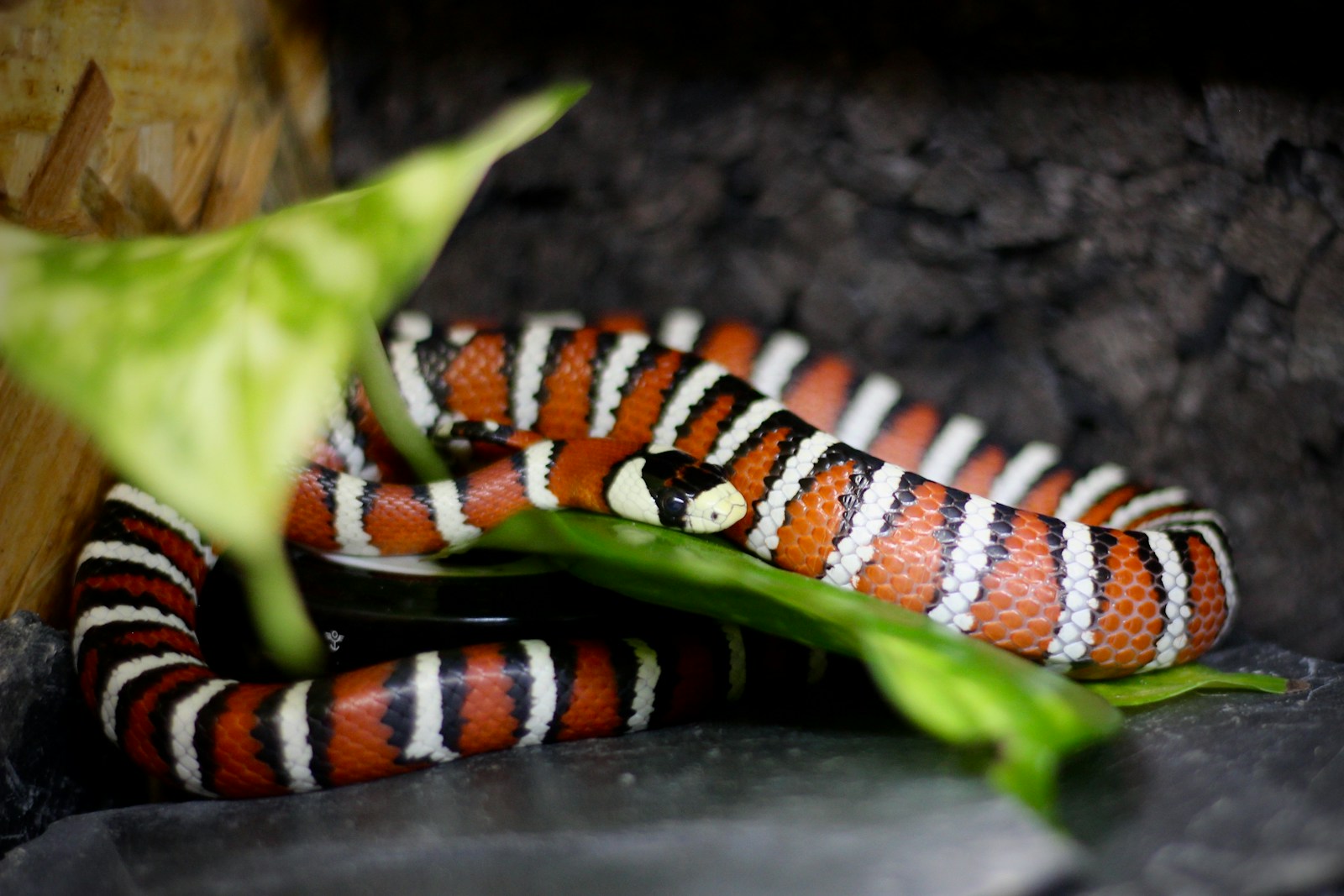Moving can be stressful for any pet, but reptiles like snakes have unique needs that require special consideration when traveling long distances. Whether you’re relocating across the country or taking your serpentine companion to a specialized veterinarian, proper preparation ensures your snake arrives safely and with minimal stress. This comprehensive guide covers everything you need to know about transporting your snake over long distances, from pre-travel health checks to creating the ideal travel enclosure and managing temperature during the journey.
Understanding Your Snake’s Needs During Transportation
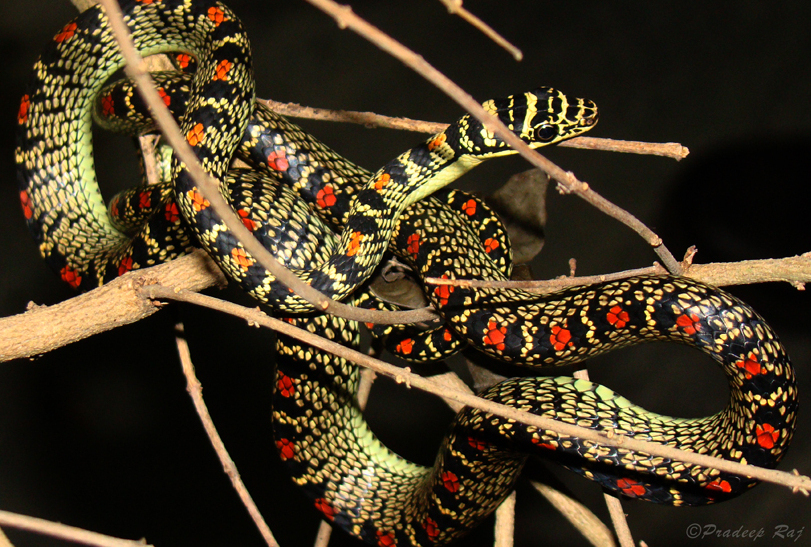
Snakes are ectothermic creatures that rely on their environment to regulate body temperature, making temperature control during travel absolutely critical. Beyond temperature concerns, snakes are also sensitive to vibration, excessive movement, and visual stimulation, all of which can trigger stress responses. Understanding these fundamental needs helps inform every aspect of your travel preparations. Different species have varying requirements—tropical species typically need warmer temperatures than desert or temperate species. Before planning your trip, research your specific snake’s species requirements to ensure you’re creating appropriate travel conditions that mimic their natural habitat as closely as possible.
Scheduling a Pre-Travel Veterinary Check
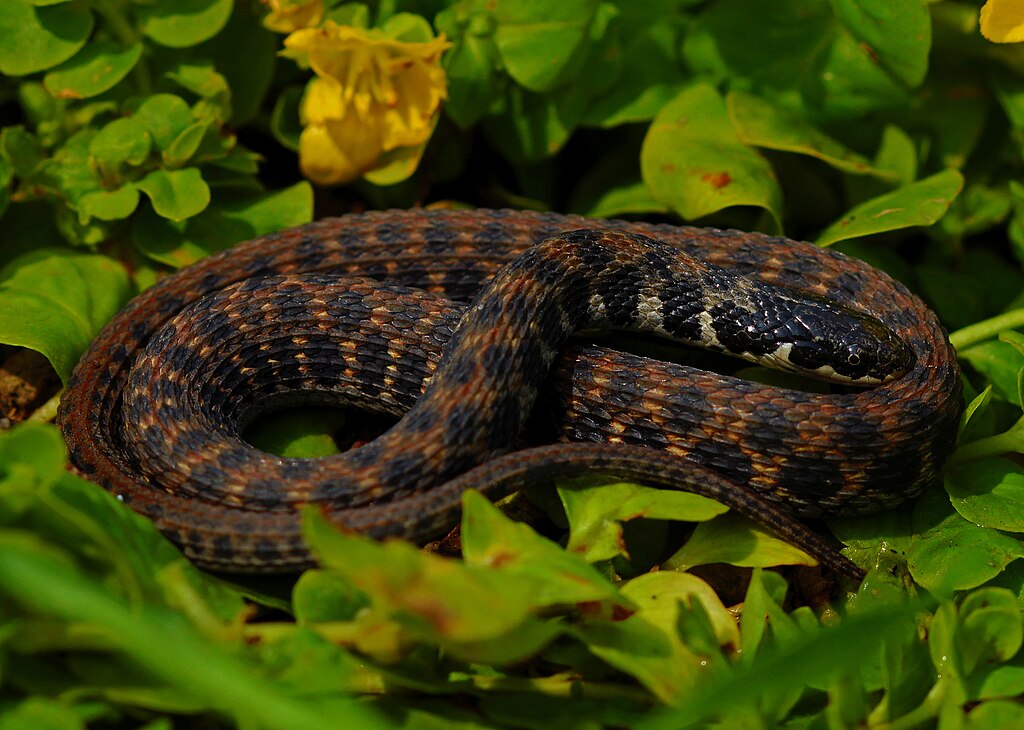
Prior to any long-distance travel, schedule a comprehensive health examination with a reptile veterinarian to ensure your snake is fit for the journey. The vet can check for any underlying health conditions that might be exacerbated by travel stress, such as respiratory infections or parasites. This appointment is also an ideal opportunity to ask for species-specific travel advice and potentially obtain health certificates if you’re crossing state or international borders. Many regions have strict regulations regarding the transportation of exotic animals, and proper documentation can prevent unnecessary complications. Additionally, your vet might recommend temporarily adjusting feeding schedules to reduce the risk of regurgitation during transport.
Choosing the Right Transport Container

Selecting an appropriate transport container is perhaps the most crucial aspect of preparing for your snake’s journey. The ideal container should be escape-proof, well-ventilated, insulated, and appropriately sized—large enough for the snake to stretch out partially but not so large that it slides around during transit. Specialized reptile shipping containers are available commercially, but a modified plastic storage container with secure ventilation holes works excellently for most situations. Avoid glass terrariums or heavy enclosures that can break or cause injury during transport. The container should have a secure, lockable lid that prevents escape while still allowing adequate airflow. For added security, especially with larger or stronger snake species, consider using container locks or zip ties as additional safeguards.
Creating a Comfortable Interior Environment
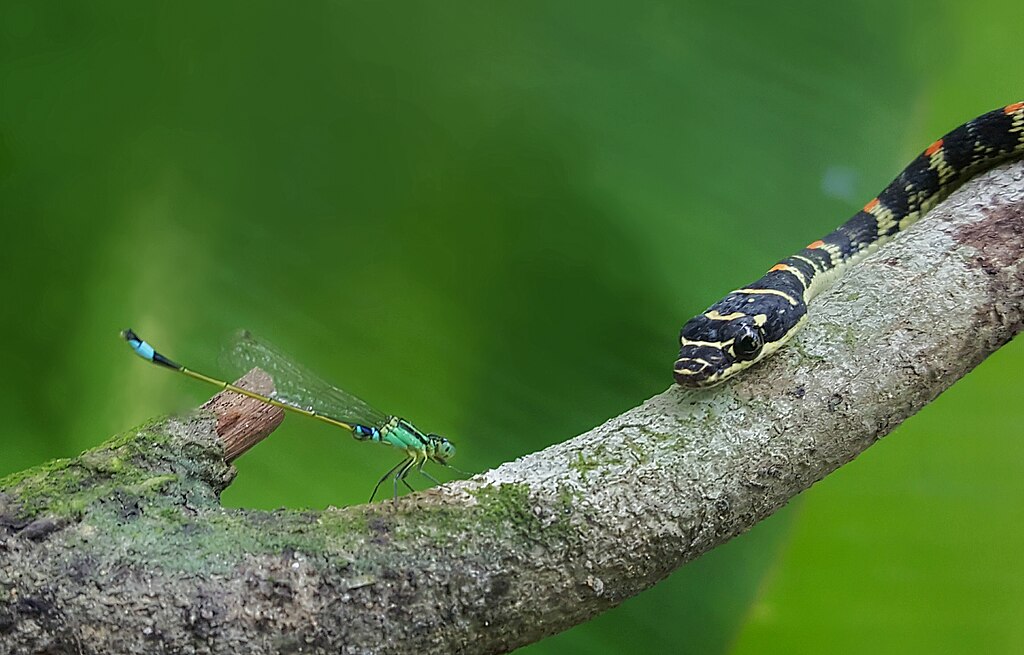
The interior of your transport container should prioritize security and comfort while minimizing stress. Line the bottom with newspaper, paper towels, or thin substrate that can absorb any waste and provide traction. Include a hide box that allows your snake to feel secure and reduce stress during the journey—a small plastic container with an entrance hole works well for this purpose. Avoid loose objects that could shift and potentially harm your snake during transit. For longer journeys, consider including a small, spill-proof water dish securely fastened to the enclosure, though many snakes will not drink during transport due to stress. Some snake owners also include a familiar-smelling item from the snake’s regular enclosure to provide comfort through familiar scents.
Managing Temperature During Travel

Temperature management is critical when transporting snakes, as they cannot regulate their own body temperature and are vulnerable to both hyperthermia and hypothermia. For journeys in moderate climates, insulating the container with towels or specialized insulation material may be sufficient. For colder weather travel, heat packs designed specifically for reptile shipping can maintain appropriate temperatures—but must be wrapped in cloth and positioned so the snake cannot come into direct contact with them to prevent burns. Digital thermometers with probes placed inside the container allow you to monitor temperatures throughout the journey. For summer travel, ice packs (similarly insulated from direct contact) might be necessary to prevent overheating. Never leave your snake in a parked vehicle, as temperatures can reach lethal levels very quickly, even on mild days.
Adjusting Feeding Schedules Before Departure
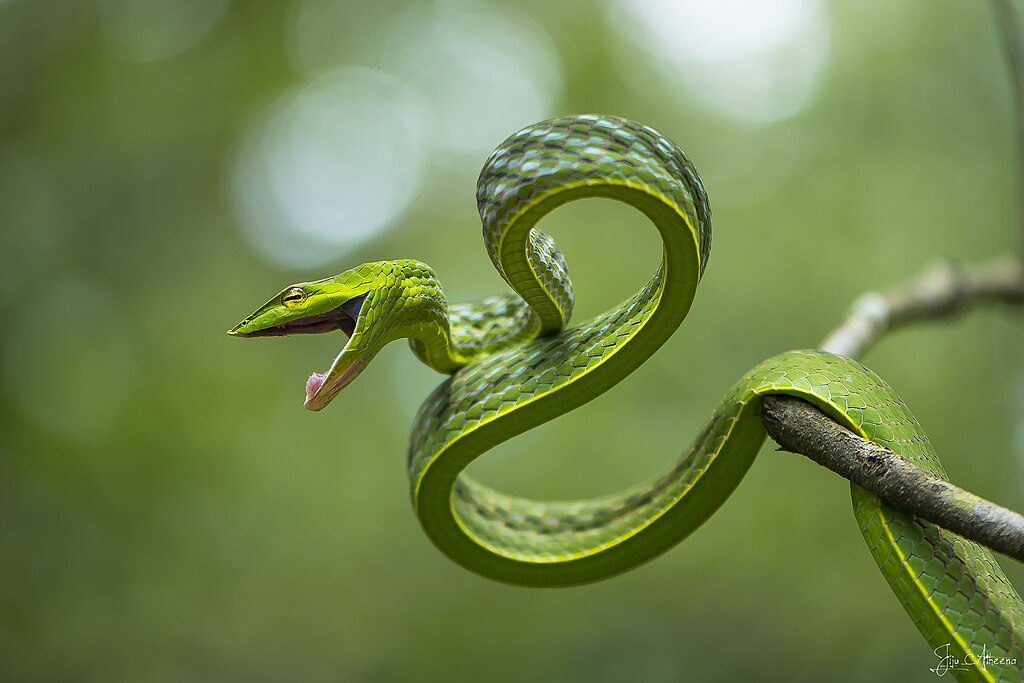
Proper timing of your snake’s last meal before transport is essential to prevent regurgitation, which can be life-threatening. Most experts recommend fasting adult snakes for 5-7 days before travel, while younger snakes may need a shorter fasting period of 3-5 days, depending on species and size. This fasting period ensures the digestive tract is empty during transportation, reducing the risk of regurgitation caused by stress or temperature fluctuations. The digestive process requires specific temperature ranges to function properly, and since maintaining perfect temperatures during travel can be challenging, an empty digestive system is safer. Keep records of feeding times and consult with your veterinarian if you’re unsure about the appropriate fasting period for your specific snake’s age, species, and health status.
Planning Your Route and Travel Schedule

Thoughtful route planning can significantly reduce stress for both you and your serpentine companion. When possible, choose the most direct route to minimize travel time, and research pet-friendly accommodations in advance if overnight stays are necessary. During summer months, travel during cooler morning or evening hours to prevent overheating, while winter travel is often safer during warmer daytime hours. Schedule regular stops to check on your snake’s condition and adjust temperature regulation as needed. If flying, contact airlines well in advance to understand their specific requirements for transporting reptiles, as many have strict policies or may require cargo shipping rather than cabin transport. Some transportation services specialize in reptile shipping and might be worth considering for extremely long distances.
Preparing Necessary Documentation
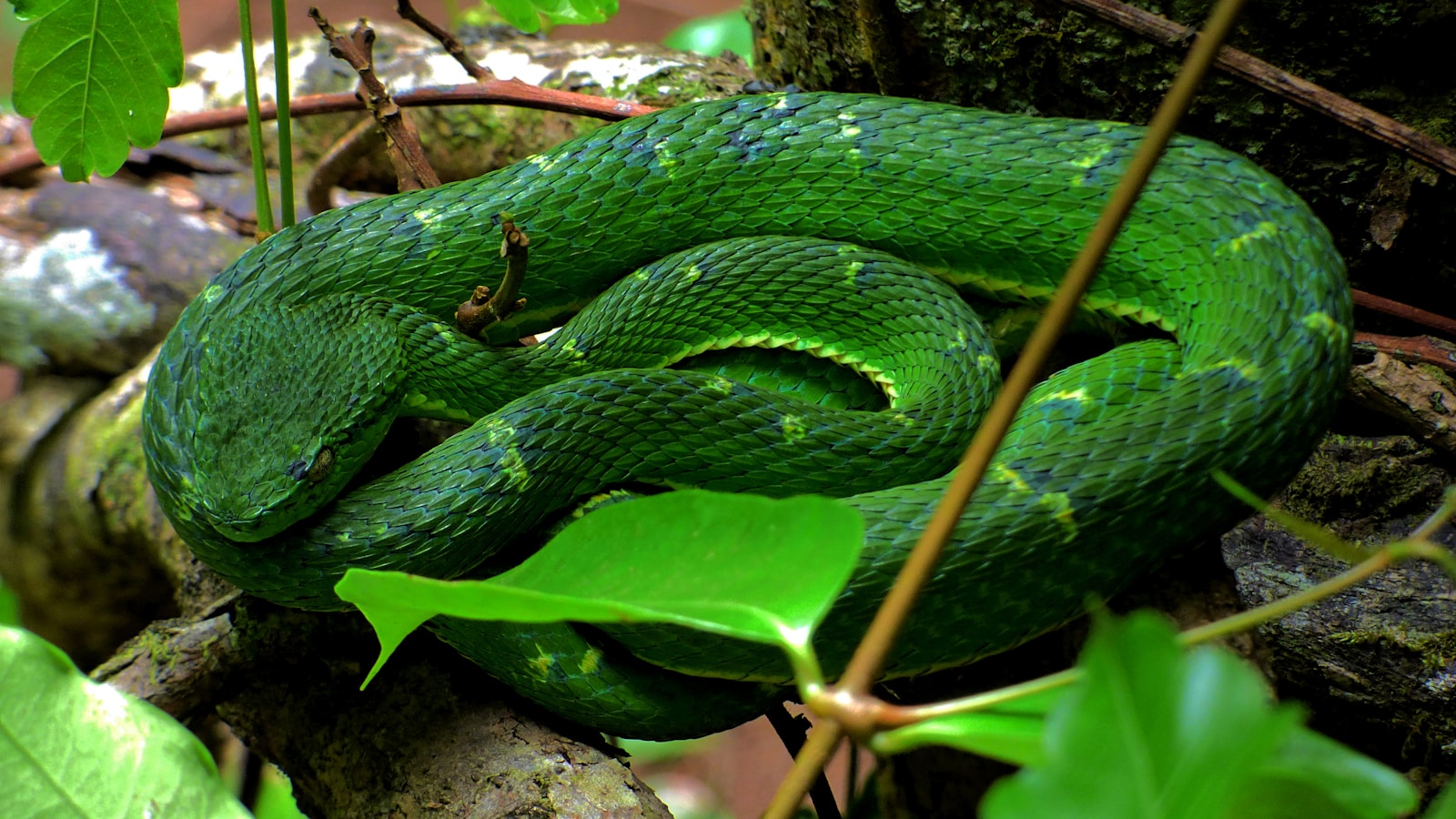
Proper documentation is essential when transporting snakes across state lines or international borders. Research the specific requirements of your destination, as regulations vary widely—some states prohibit certain species entirely, while others require special permits. For domestic travel within the United States, you may need a health certificate from your veterinarian dated within 10 days of travel. International transport typically requires additional documentation such as CITES permits for protected species, import/export licenses, and quarantine arrangements. Keep copies of your snake’s species information, purchase records, and health history easily accessible during travel. Having contact information for reptile veterinarians along your route and at your destination is also prudent in case of emergencies.
Handling Stress Signals During Transport
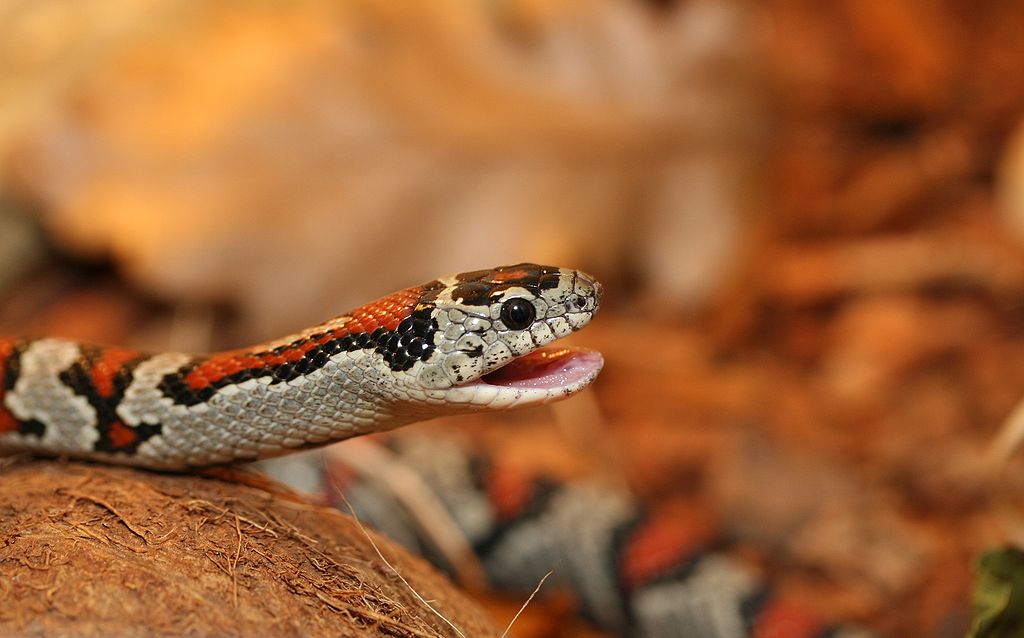
Even with perfect preparation, snakes may exhibit stress behaviors during transport that require attention. Signs of stress include excessive movement, defensive posturing, regurgitation, or unusual breathing patterns. If you notice these signs, find a quiet, temperature-controlled environment to allow your snake to calm down before continuing. Minimize handling during transport, as this adds to stress—when checks are necessary, move slowly and confidently. Covering the transport container with a light cloth can reduce visual stimulation that might cause stress. In cases of severe stress or if your snake shows signs of illness like open-mouth breathing or lethargy, seek veterinary attention immediately. Remember that some stress during transport is normal, but prolonged or severe stress can compromise your snake’s immune system.
Setting Up a Temporary Enclosure
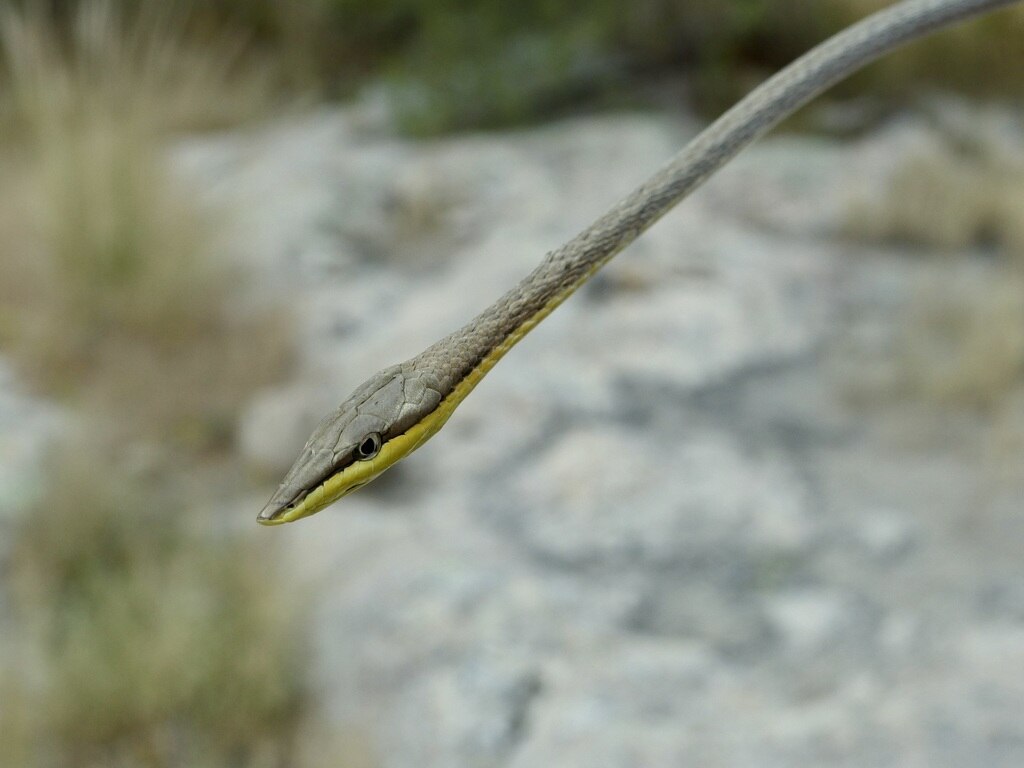
For multi-day journeys, having a temporary enclosure setup allows your snake to rest more comfortably during overnight stops. This portable habitat should be larger than the transport container and include essential elements like appropriate heating, a secure hide, and a water dish. Collapsible fabric enclosures designed for reptiles work well for this purpose and pack flat when not in use. Set up this temporary enclosure in a quiet area of your hotel room, away from air conditioning vents and direct sunlight. While not as comprehensive as their permanent home, this temporary setup provides your snake with the opportunity to stretch out, rehydrate, and experience reduced stress levels between travel segments. Remember to secure the temporary enclosure thoroughly, as snakes can be escape artists, especially in unfamiliar environments.
Special Considerations for Different Snake Species
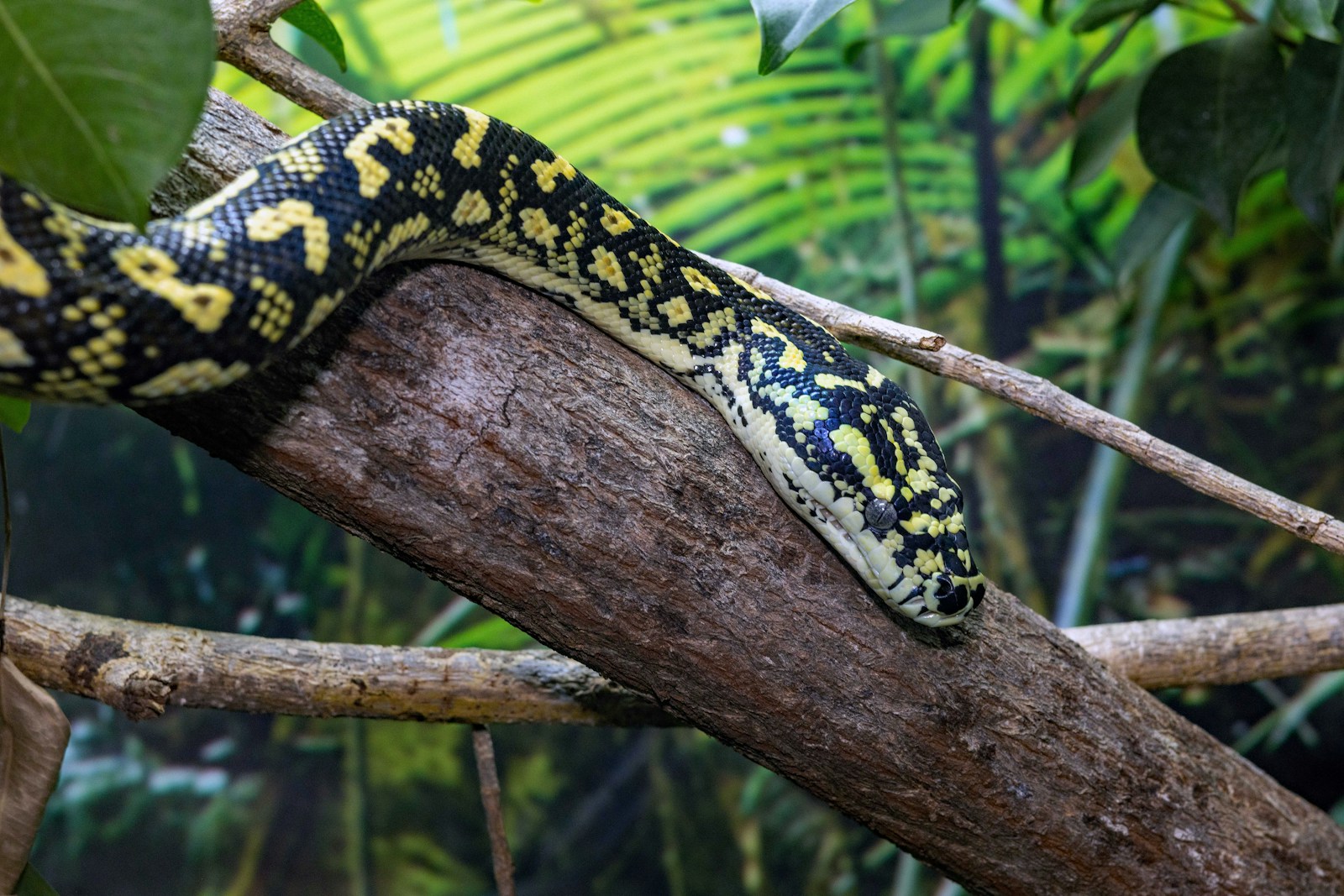
Different snake species have unique requirements that affect how you should prepare for transport. Arboreal species like green tree pythons or emerald tree boas need support for their specialized body structure during transit, often benefiting from perches or branches secured inside their transport container. Highly active species may require slightly more spacious containers than sedentary ones. Desert-dwelling species generally tolerate cooler temperatures better than tropical species, which might need additional heating elements. Venomous species require special containment protocols, including double-containment systems and clearly marked warning labels. Large constrictors may need reinforced containers and possibly an additional handler for safe transport. Research your specific species’ needs thoroughly and consider consulting with breeders or specialized reptile transporters who have experience with your particular type of snake.
Acclimating Your Snake to its New Environment
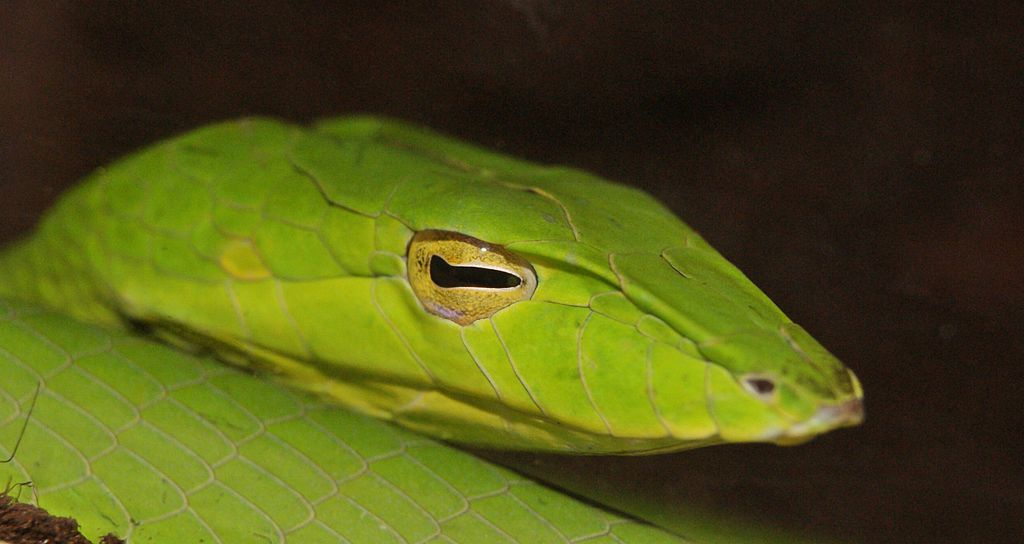
Upon reaching your destination, the transition to a new permanent environment requires careful management to minimize stress. Set up the new enclosure completely before introducing your snake, ensuring all temperature gradients and humidity levels are stabilized. Place your transport container inside or next to the new enclosure and open it, allowing your snake to exit on its own terms over several hours or even overnight. Avoid handling for at least 48-72 hours after arrival to allow your snake to acclimate to its new surroundings. Monitor eating, drinking, and behavior patterns closely in the weeks following relocation, as stress can suppress appetite and alter normal behaviors. Some snakes may take several weeks to fully adjust to a new environment, particularly after a stressful journey, so patience is essential.
Emergency Preparedness During Transport
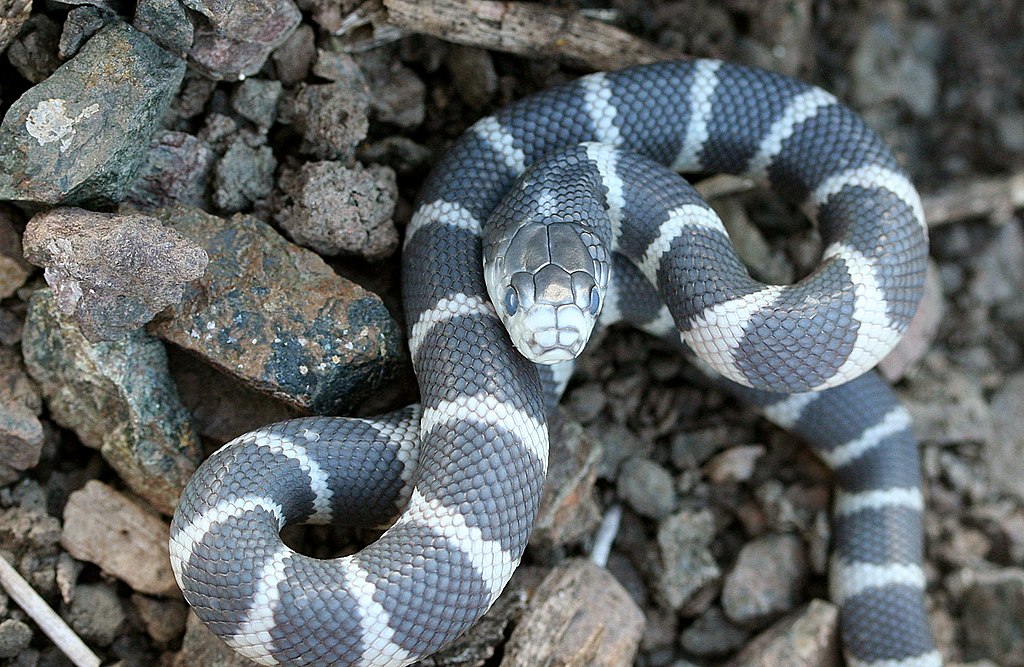
Despite thorough preparation, emergencies can occur during transport that require immediate attention. Assemble a reptile first-aid kit containing items like antiseptic solution, sterile saline, gauze pads, and non-adhesive bandages. Research emergency exotic veterinary services along your route and at your destination, saving their contact information for quick access. For temperature-related emergencies, know how to gradually correct the temperature without causing thermal shock—sudden temperature changes can be as dangerous as extreme temperatures. If your snake escapes during transit, remain calm and methodically search enclosed spaces, remembering that snakes typically seek warm, dark, confined areas. Having a snake hook or tongs available makes recapturing easier and safer, particularly for defensive species that might strike when cornered.
Conclusion
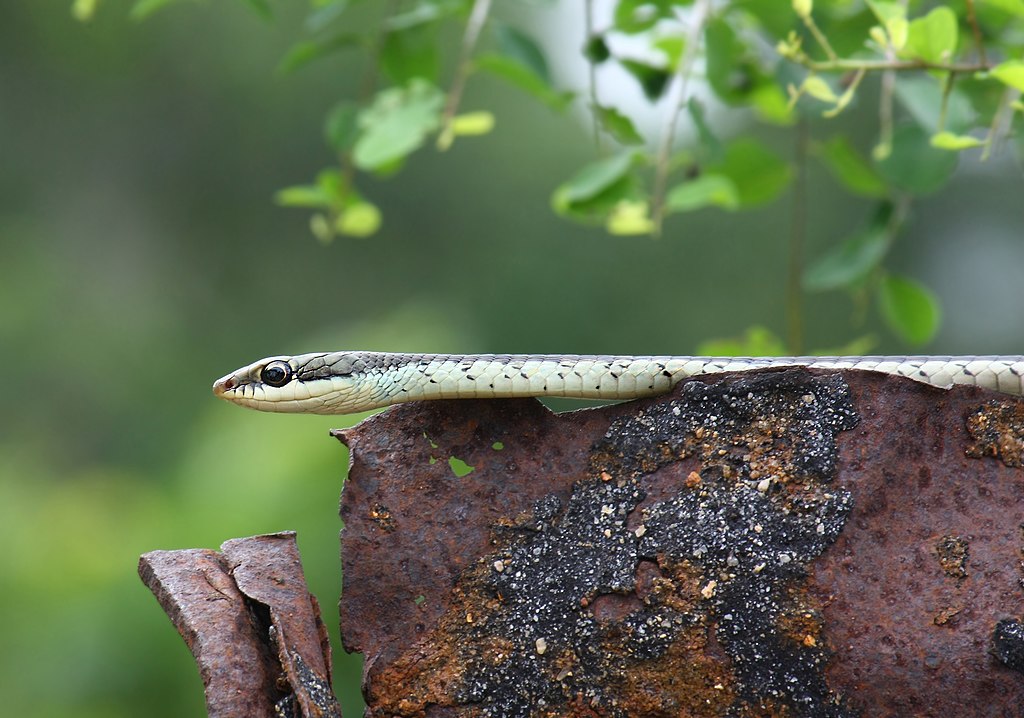
Transporting a snake long-distance requires careful planning and attention to detail, but with proper preparation, you can ensure your reptilian companion arrives safely at its destination. By understanding your snake’s specific needs, creating an appropriate transport environment, managing temperatures effectively, and being prepared for potential complications, you minimize stress and health risks. Remember that each snake is an individual with unique requirements, so always tailor your approach to your specific pet. While the journey may be challenging, seeing your snake settle comfortably into its new home makes the effort worthwhile. With patience and proper care, your scaled friend can navigate the transition smoothly and continue to thrive in its new environment.

